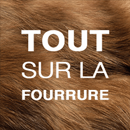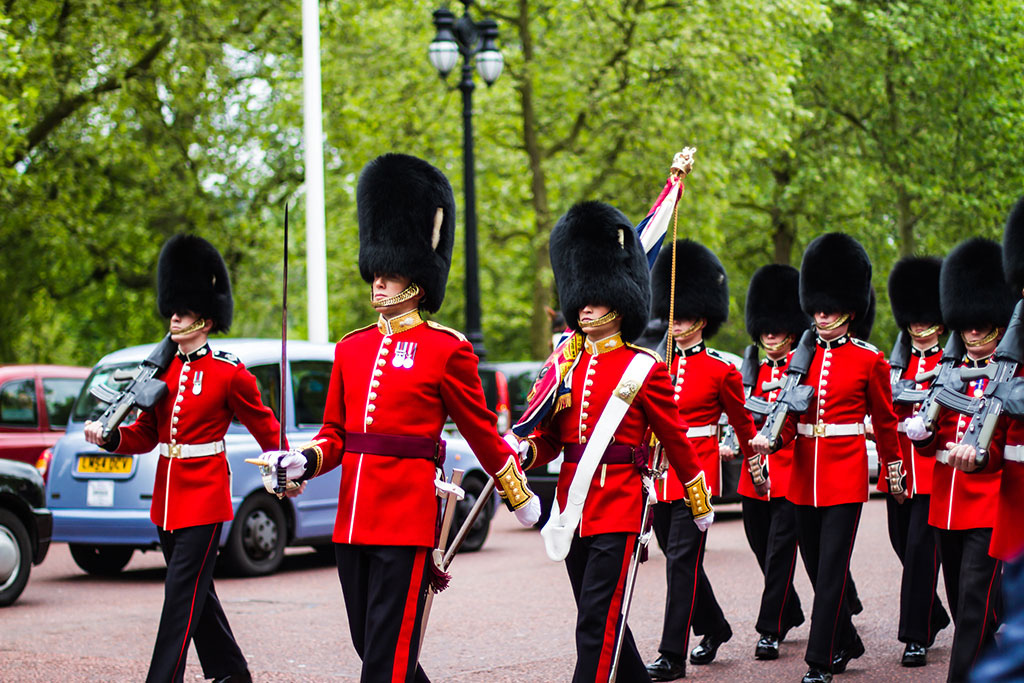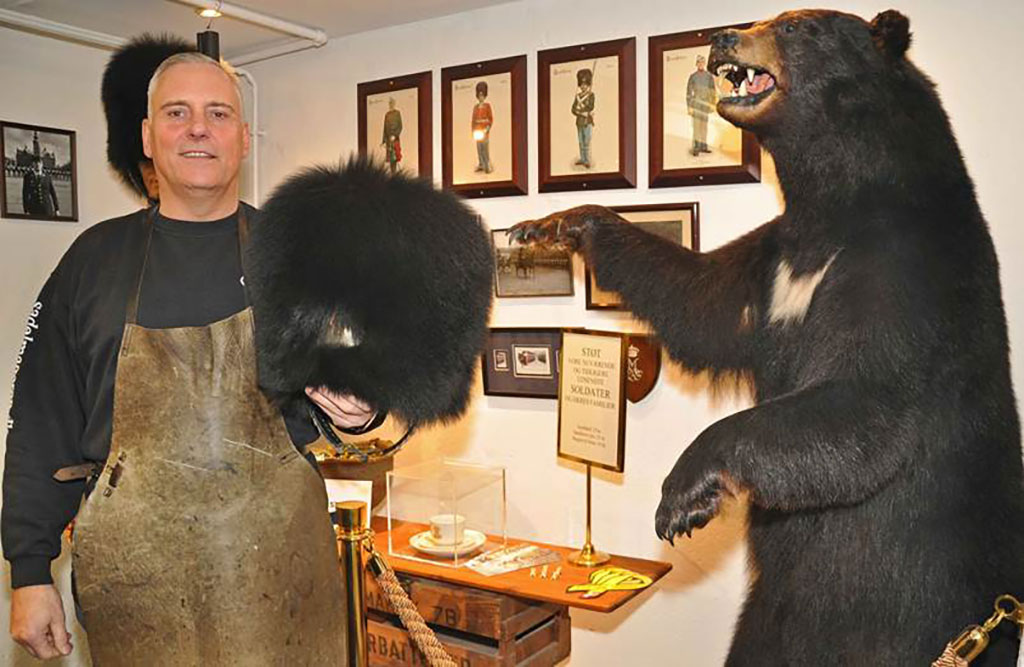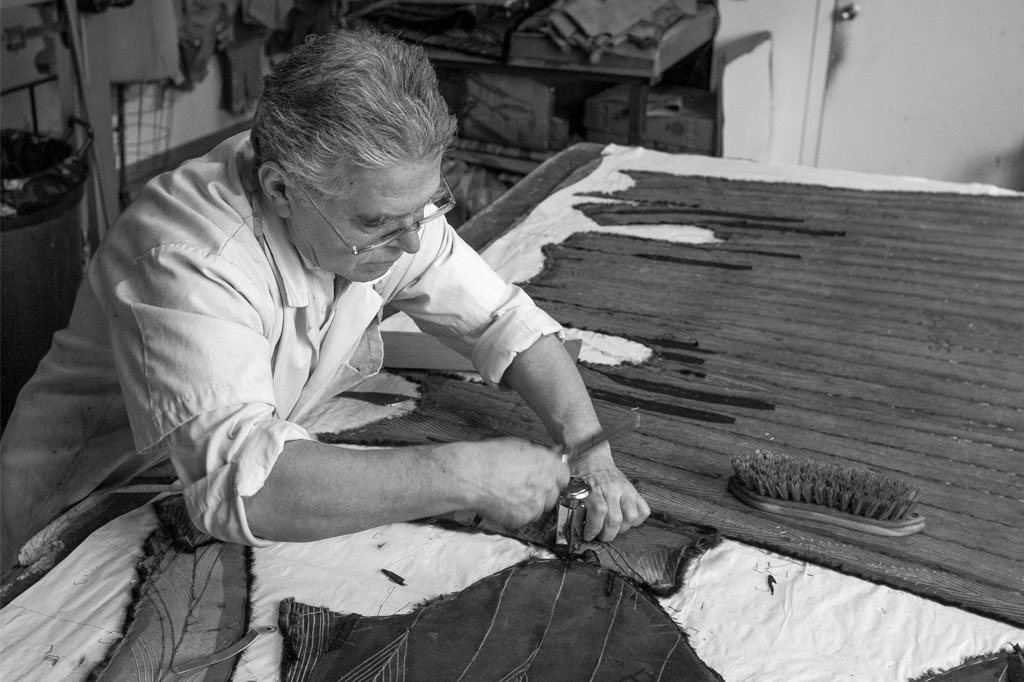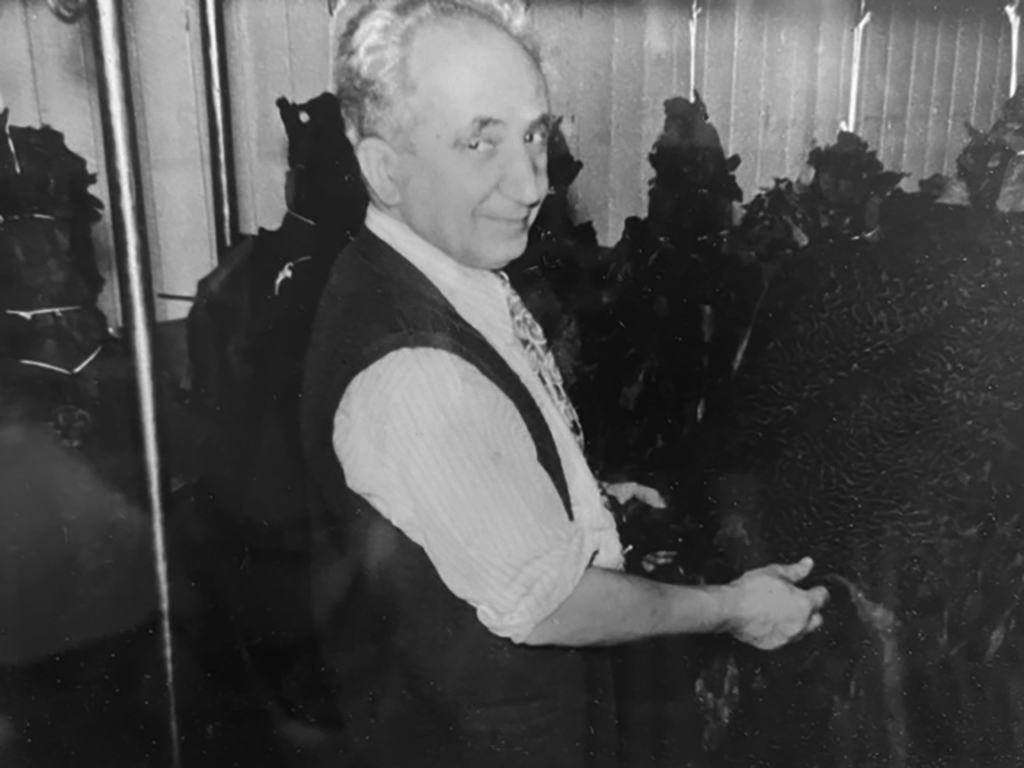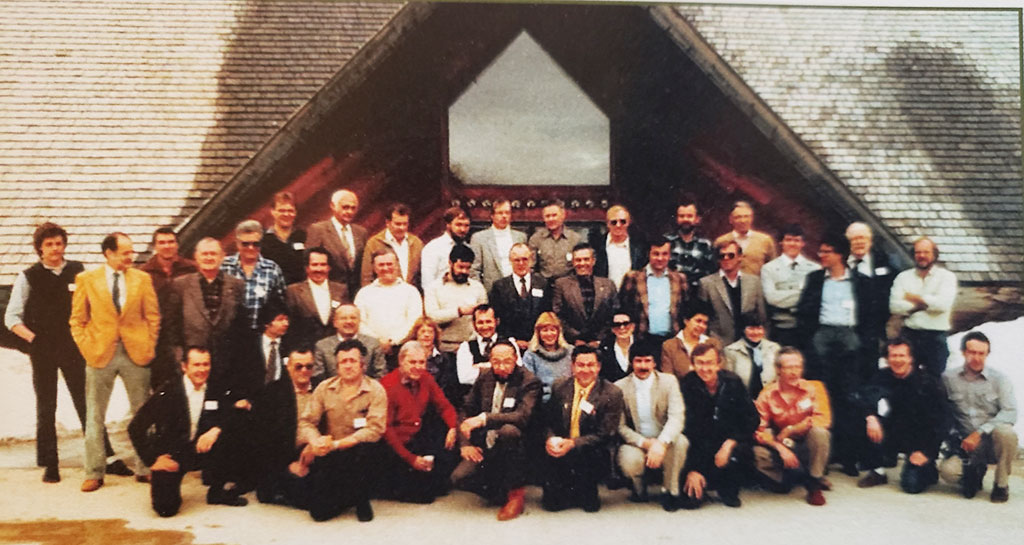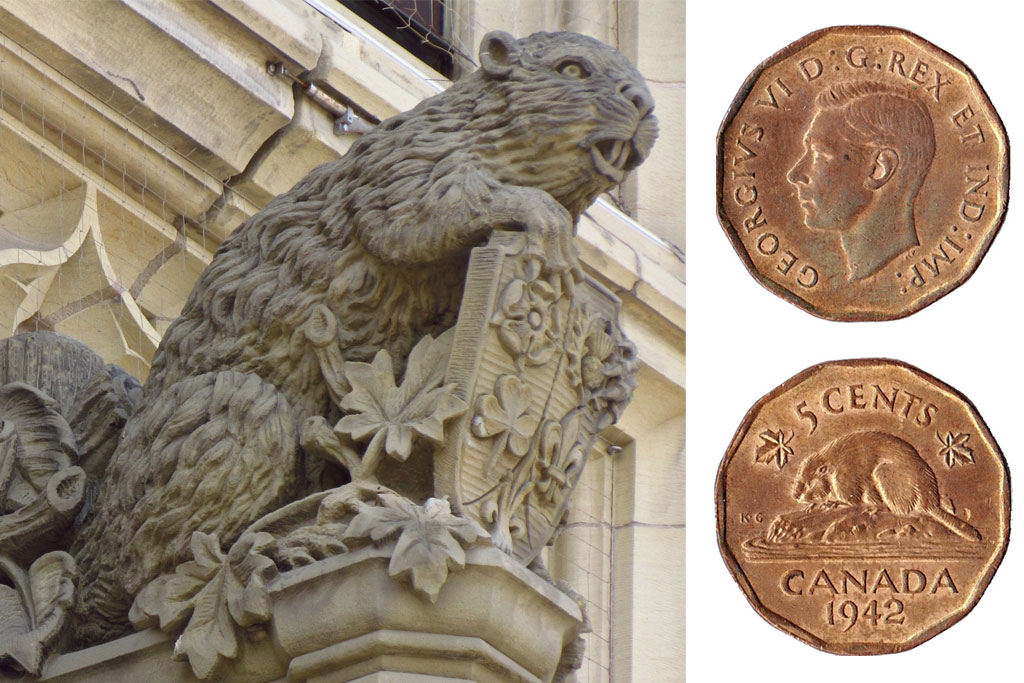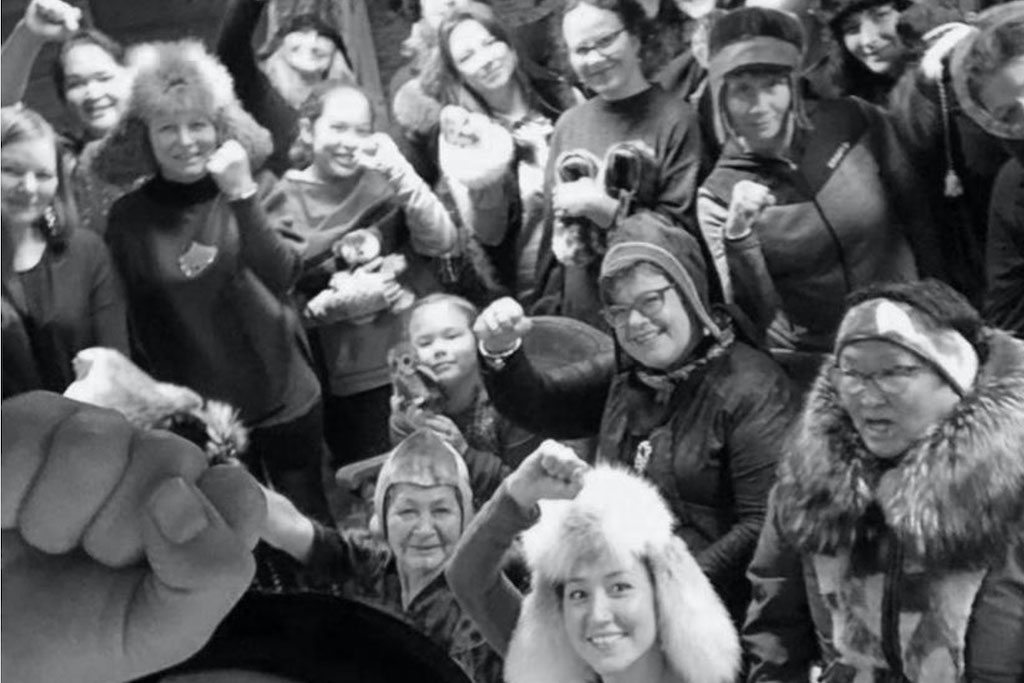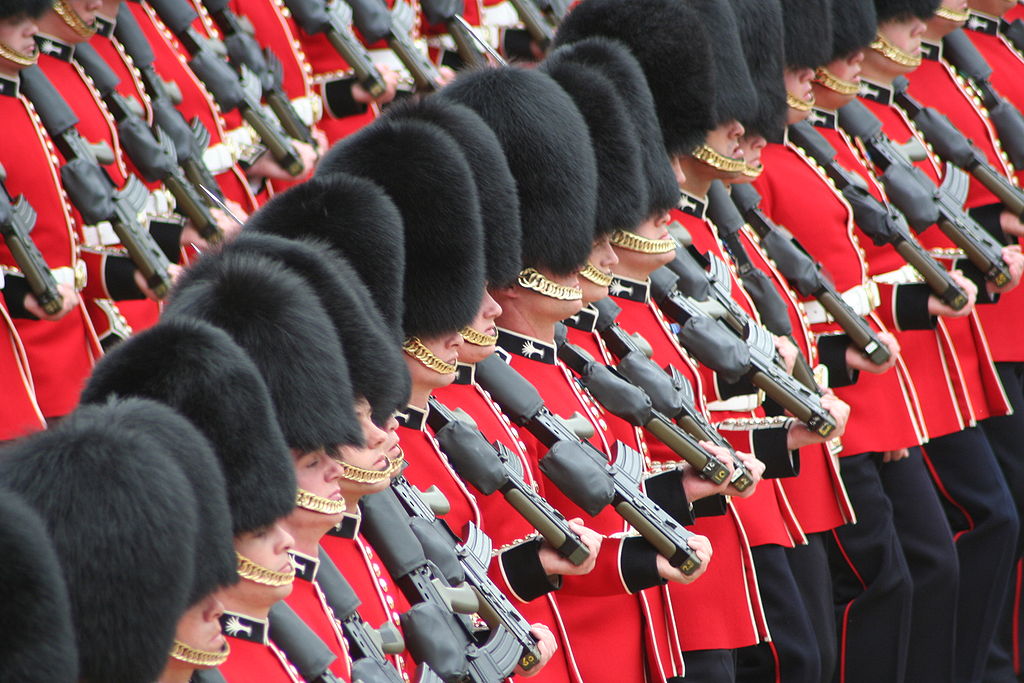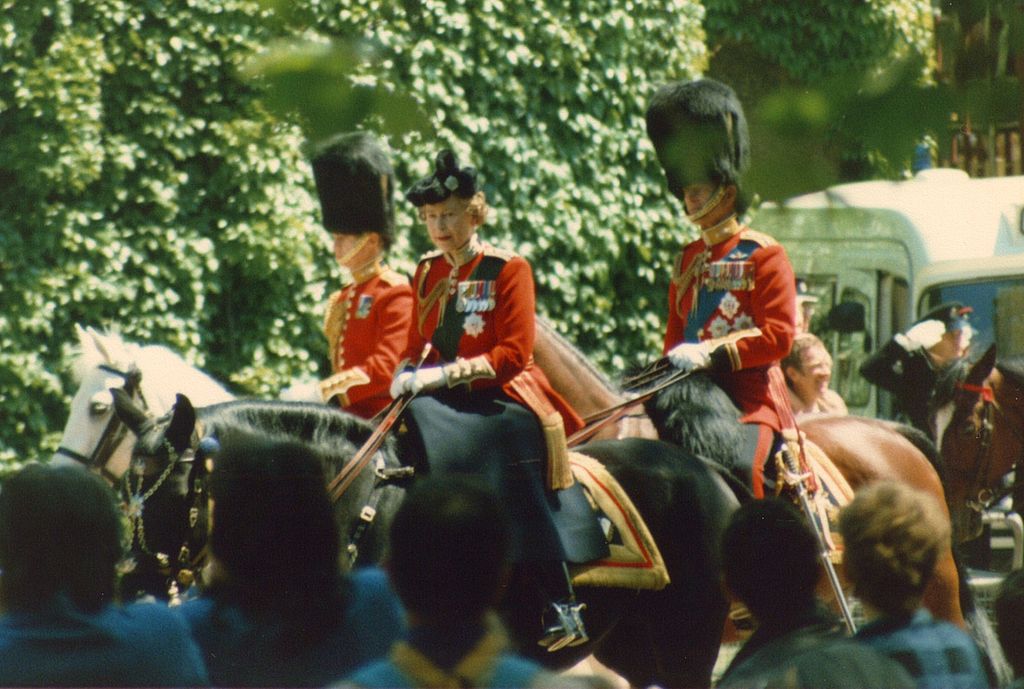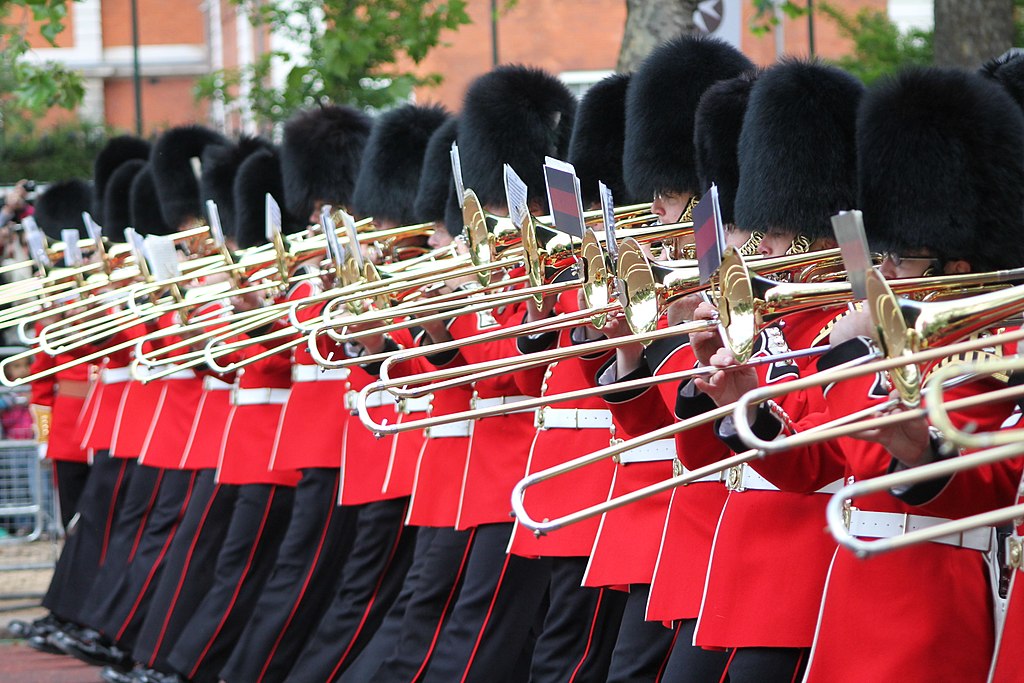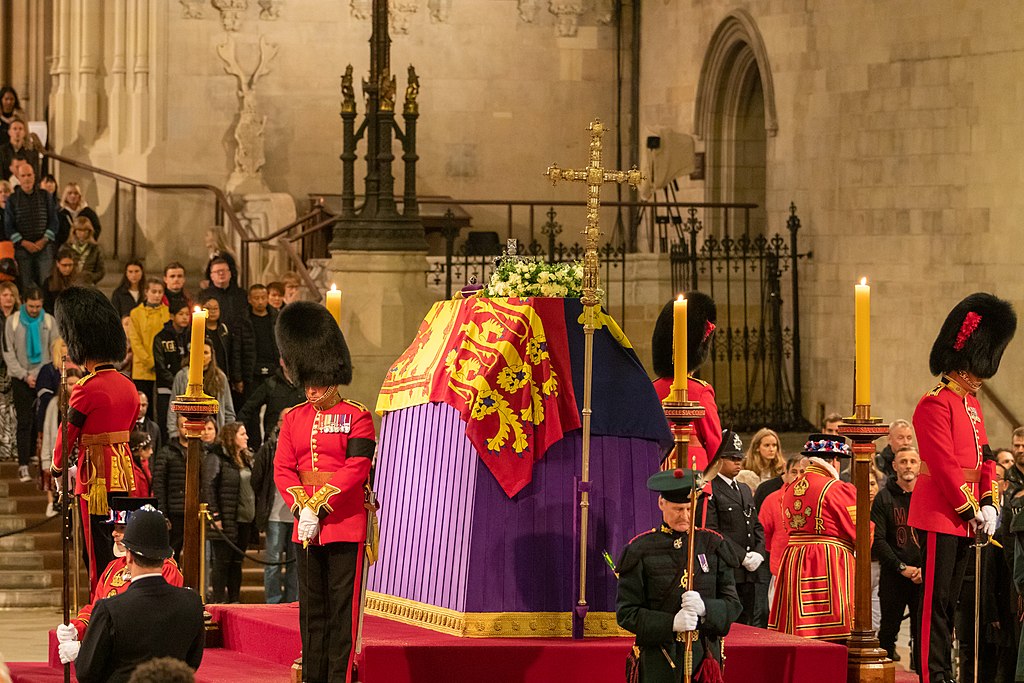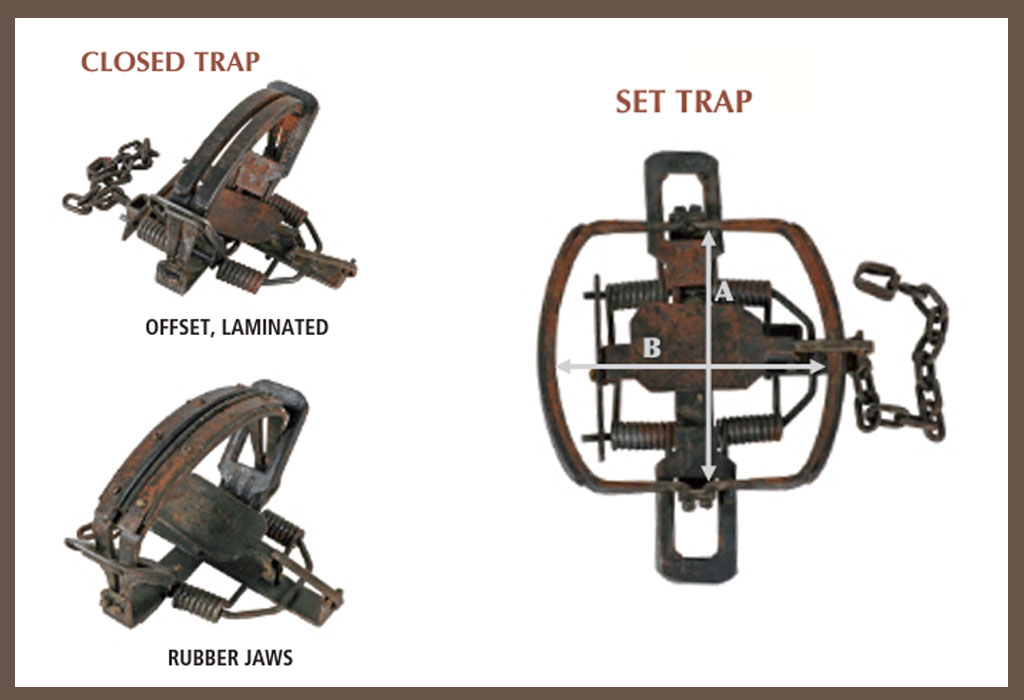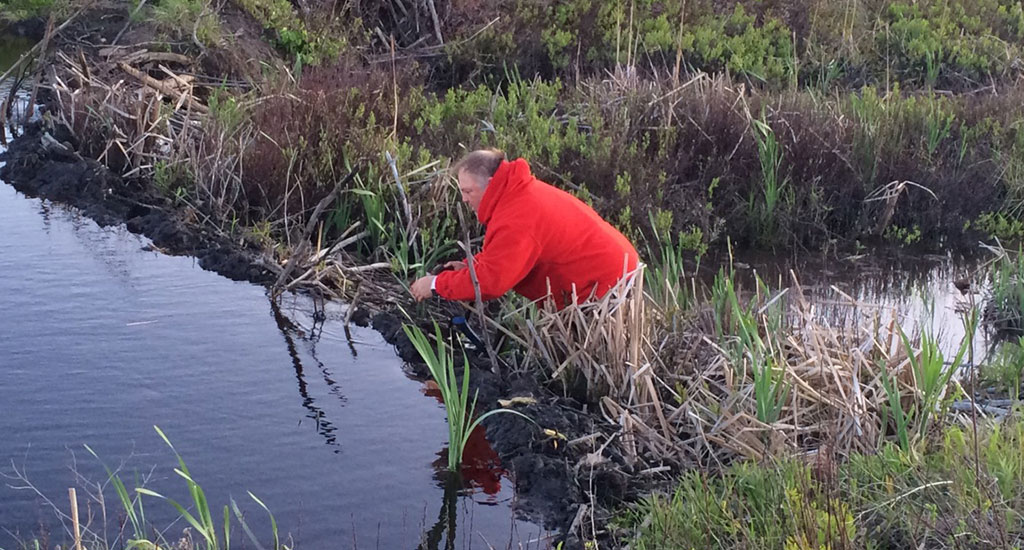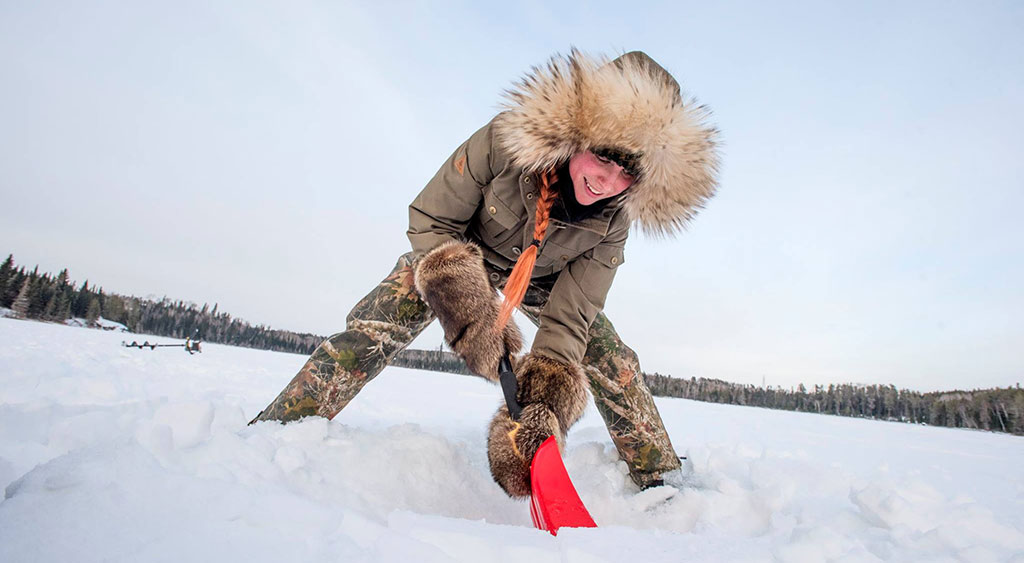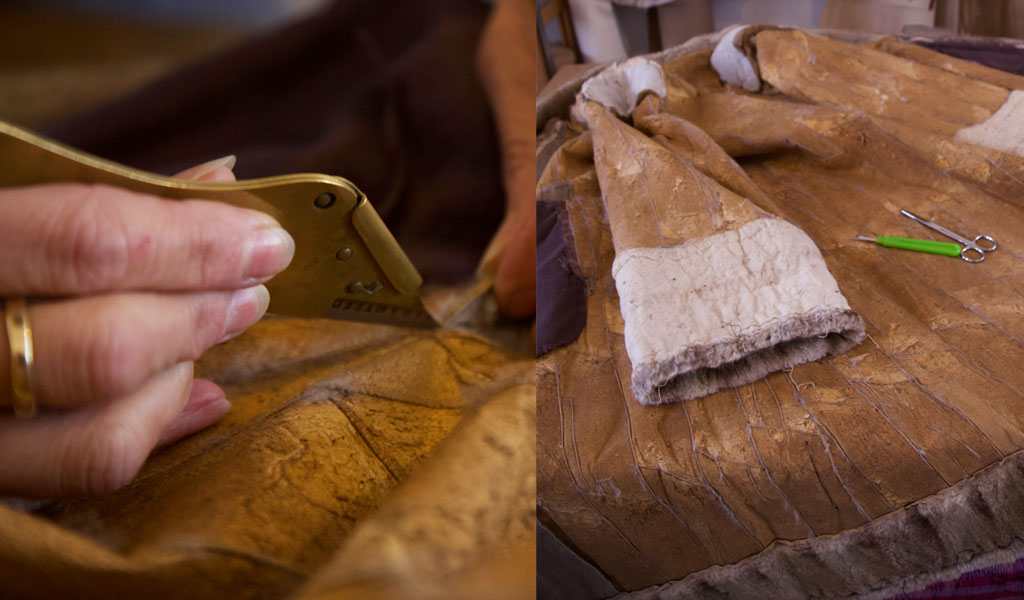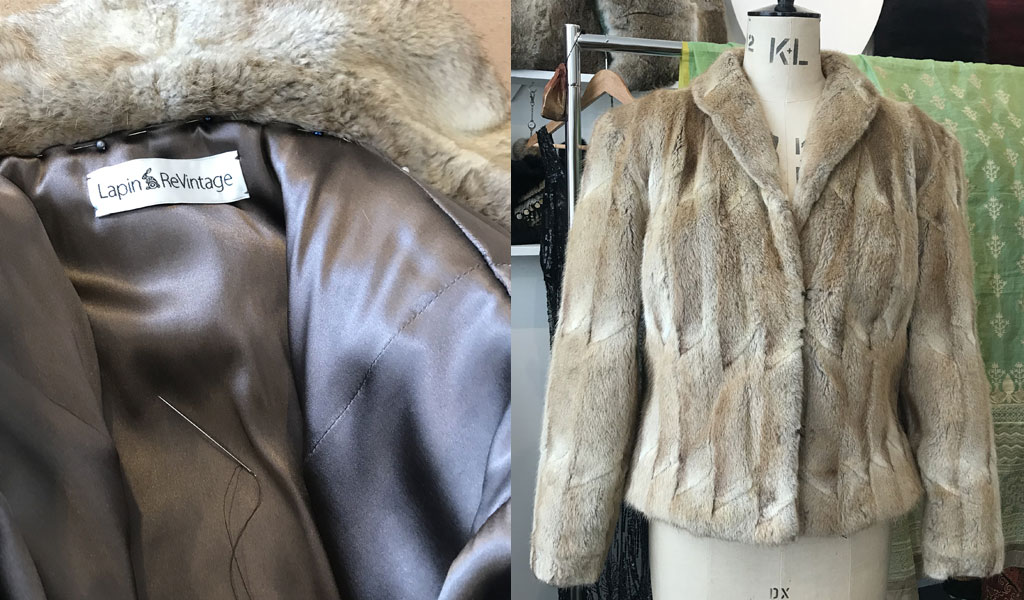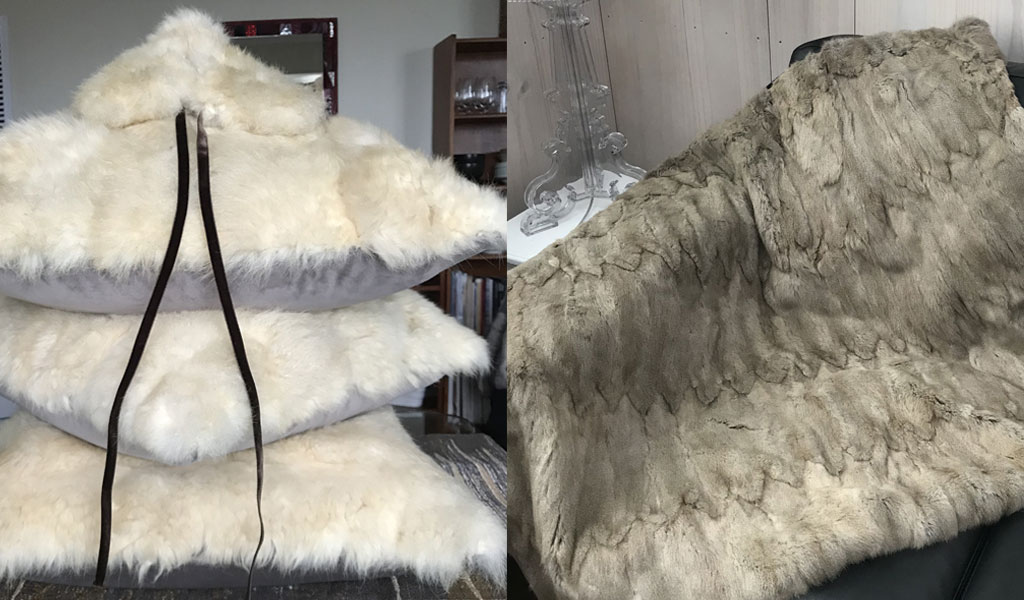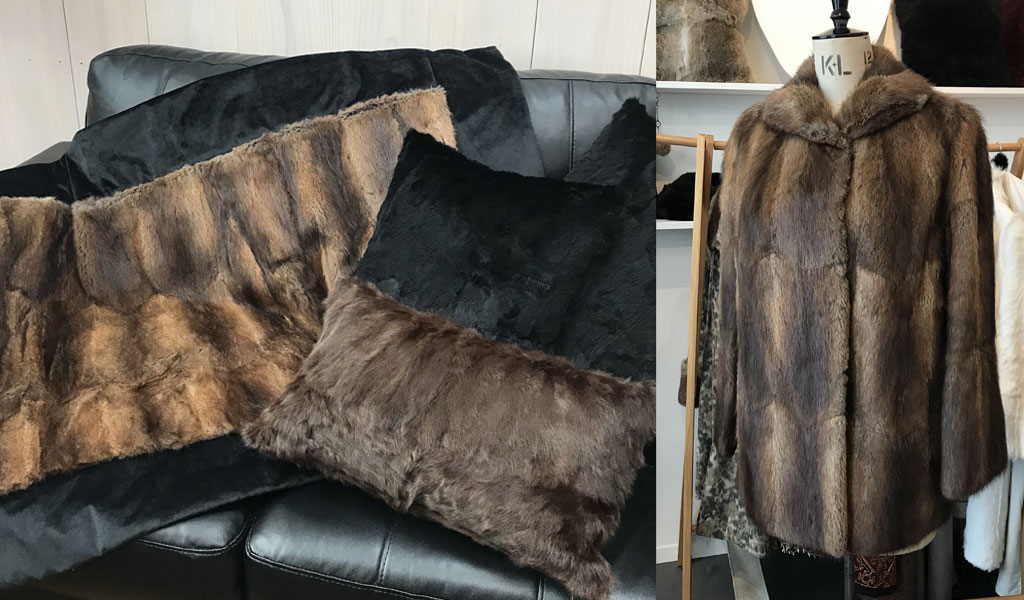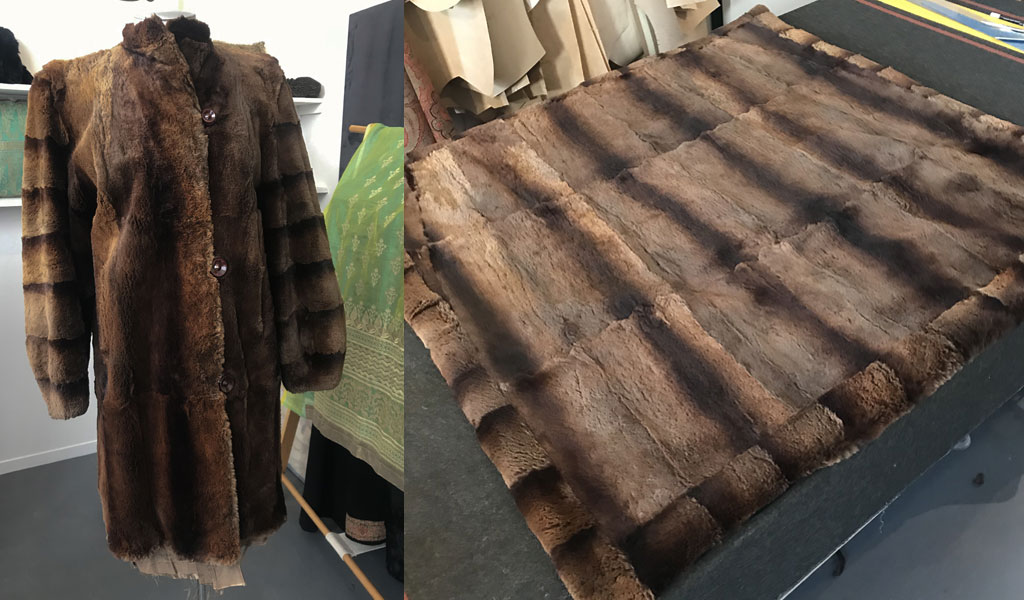Few countries are as closely associated with one animal as Canada is with the North American beaver. Unsurprisingly, therefore, Castor…
Read More
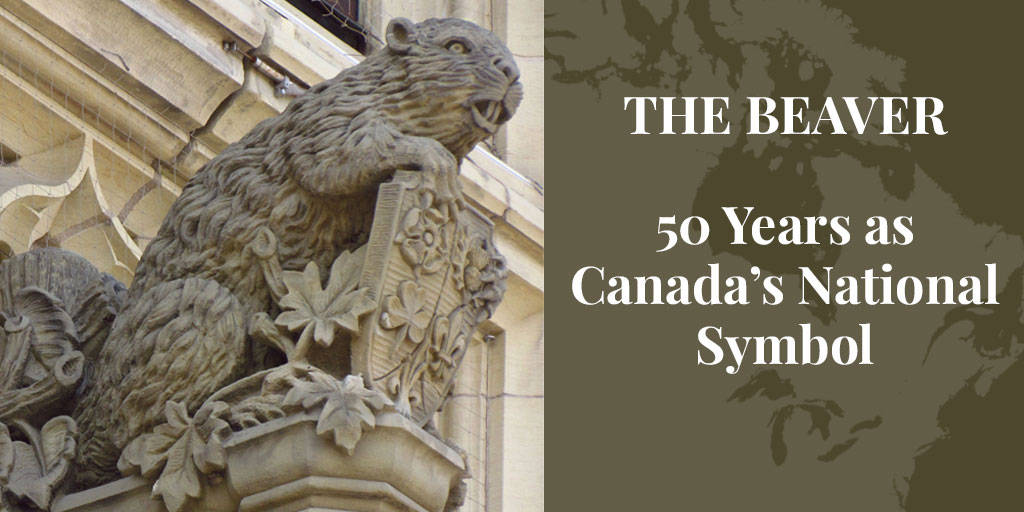
Few countries are as closely associated with one animal as Canada is with the North American beaver. Unsurprisingly, therefore, Castor canadensis is Canada's national animal, a status it has officially held for 50 years. On March 24, 1975, the National Symbol of Canada Act received royal assent, recognising the beaver as "a symbol of the sovereignty of Canada".
Most Canadians support this choice of national symbol because they recognise the key role played by the beaver in the country's history, but our love of the animal is not universal.
On the plus side, this herbivorous, semi-aquatic rodent is found in every province and territory of the country, so at least it lives here. In contrast, some countries pay homage to animals that are extremely rare, or even non-existent in the wild, like England's lion!
In a comical way, it's also cute – like a buck-toothed, plump gent with stubby legs and a tail like a washboard that it sits on! (If it had a hairless whip of a tail like a rat, would you still love it?)
And by no means least, in an age when the topic of climate change is on everyone's lips, the beaver is lauded by scientists as "nature's engineer" for building dams and canals that slow runoff in drought-prone regions.
There is a downside, though. As detractors are quick to point out, beavers also destroy culverts and stands of trees, and cause flooding.
SEE ALSO: The dam, the myth, the legend: 50 years of the beaver. Canadian Geographic, March 4, 2025.
Since Prehistoric Times
Of course, recognition of the important role played by beavers in Canada's history began long ago; in 1975 it was just made official.
Beavers almost certainly helped clothe and feed North America's first human inhabitants, at least 14,000 years ago. What is certain is that in the millennia that followed, Indigenous peoples made good use of beaver fur, bones, meat, and castoreum, a substance secreted by glands that makes excellent bait for carnivores. As evidence of this cultural and economic importance, beavers have always featured prominently on totem poles of the Pacific Northwest.
Above all, though, the beaver is recognised today as the driver behind the westward expansion of European fur traders, without whom the country we know today might look very different. In the 16th century, beaver pelts were already extremely popular in Europe for making waterproof felt hats, robes and winter coats. But as Eurasian beaver numbers dried up, swarms of French and later British adventurers came to what would become Canada, where beavers were still plentiful. These people traded with locals for beaver pelts, usually peacefully – marriage frequently helped seal a business relationship – but sometimes less peacefully. Just the name Beaver Wars, fought in the 17th century between the Iroquois Confederacy and various other First Nations, often with French colonial forces, says it all.
Up until the mid-1800s, then, the fur trade was the backbone of this colonial economy, while discerning European gentlemen still sought out beaver top hats rather than those made of silk "hatter's plush", which by then dominated the market.
From Stamps to Mascots
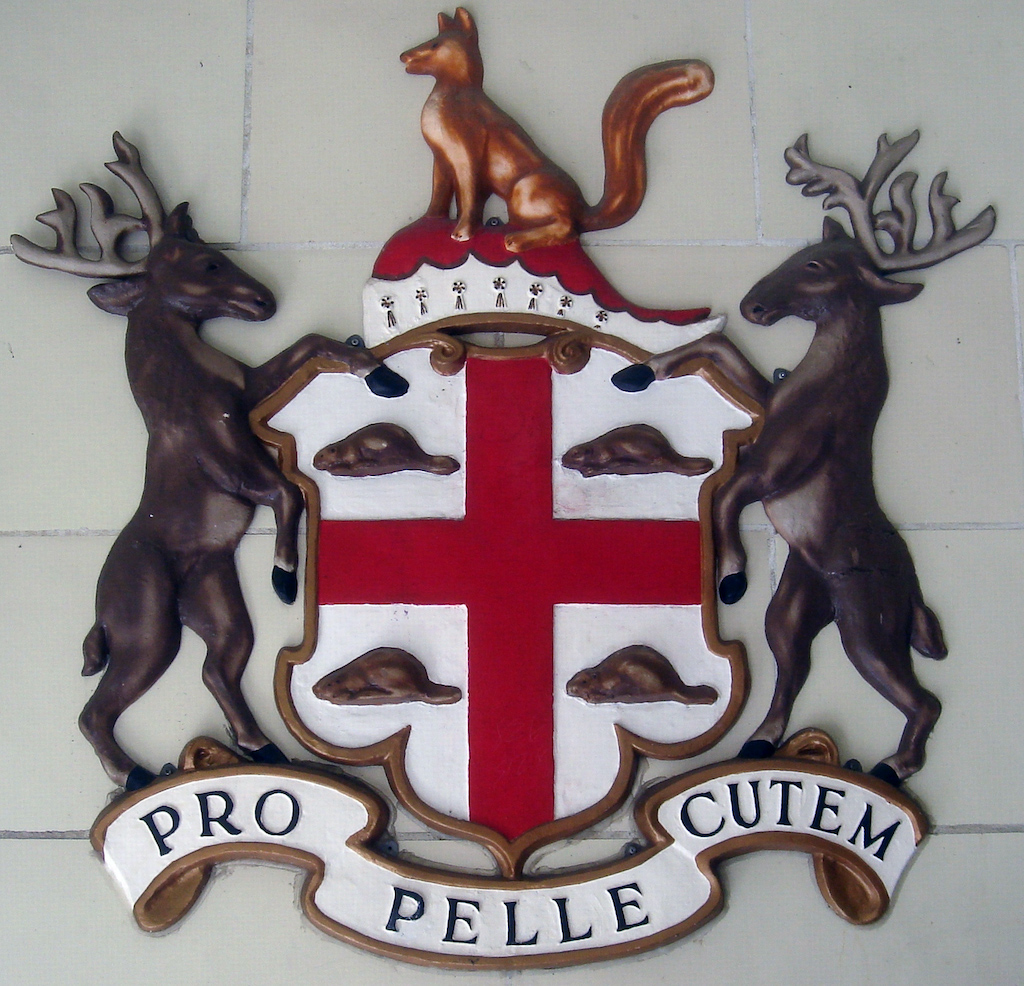
It was in this period that the beaver firmly established itself as a symbol in heraldic achievements (commonly but erroneously called coats of arms), including in that of the Hudson's Bay Company. On receiving its royal charter in 1670, Canada's oldest corporation made its founders wealthy through trading, mainly for fur, and in particular beaver fur.
Over time, the beaver has lent its image or name to a diverse range of causes, for example:
1833: Though it has changed over time, the coat of arms of Montreal has always featured a beaver;
1851: The Province of Canada issued what is considered to be the country's first postage stamp, the “Threepenny Beaver”;
1857: Since this date, the University of Toronto coat of arms has included one or two beavers;
1886: Canadian Pacific Railway began using a logo of a beaver atop a shield. The beaver was chosen to honour key investor Donald Smith, who was also a former governor of Hudson's Bay Company;
1937: Through the reigns of three British monarchs, the beaver has appeared on the reverse of Canada's 5-cent "nickel" coin;
1948: de Havilland Canada introduced a single-engined bush plane, the DHC-2 Beaver;
1966: Since its founding, the arms of the Royal Heraldry Society of Canada have featured a beaver;
1976: Amik the beaver was selected as the official mascot of the Summer Olympic Games in Montreal. "Amik" is Algonquin for "beaver";
1992: The coat of arms of Manitoba was augmented with the addition of a beaver crest.
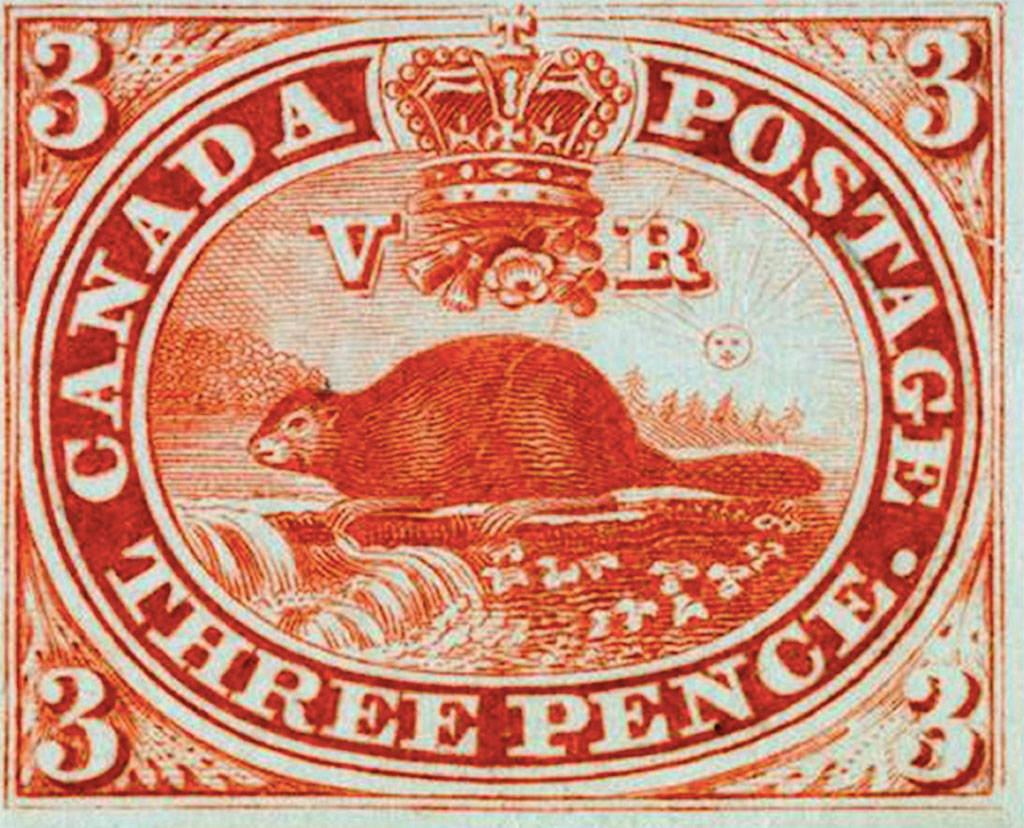
And as if this were not enough, Canadians celebrate National Beaver Day on the last Friday of every February. Given the animal's reputation for industriousness, it's fitting that this is not a holiday, but a chance for us all to be extra "busy beavers"!
SEE ALSO: Abundant furbearers: An environmental success story. Truth About Fur.

